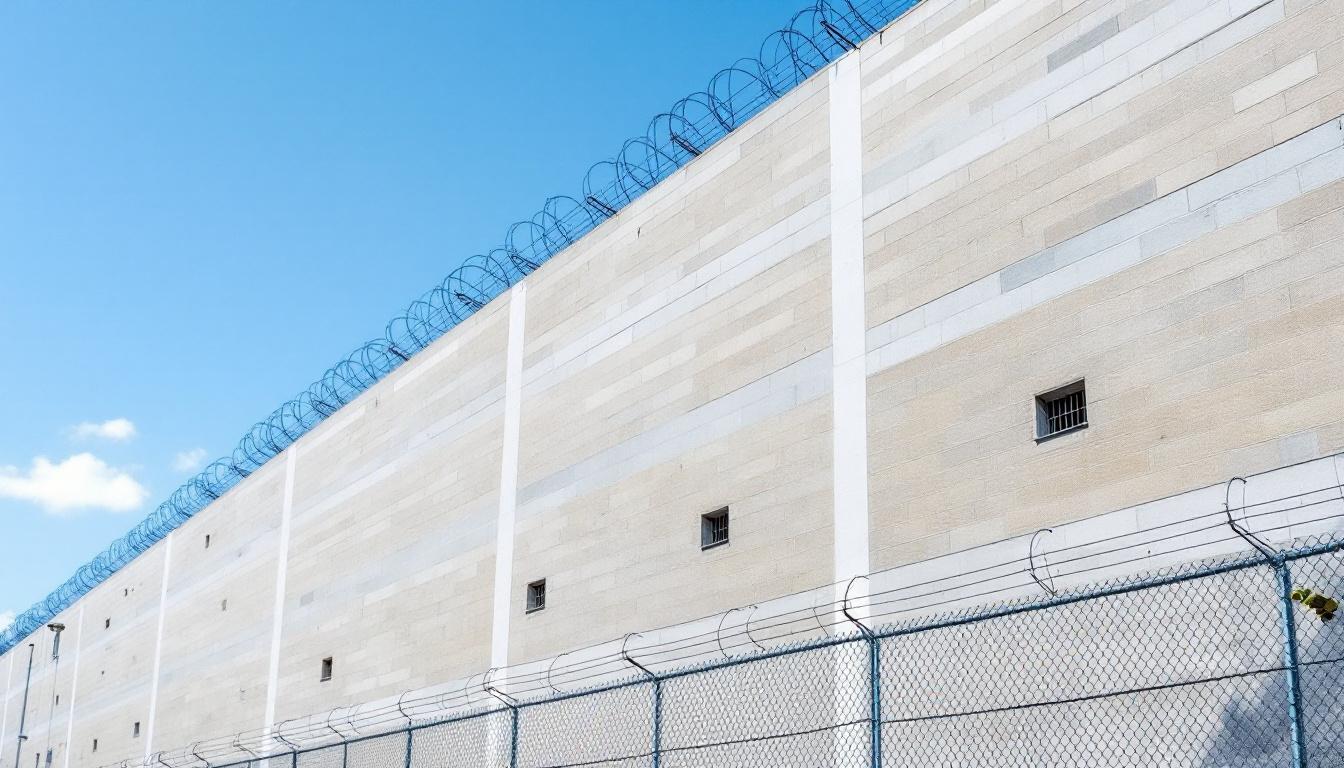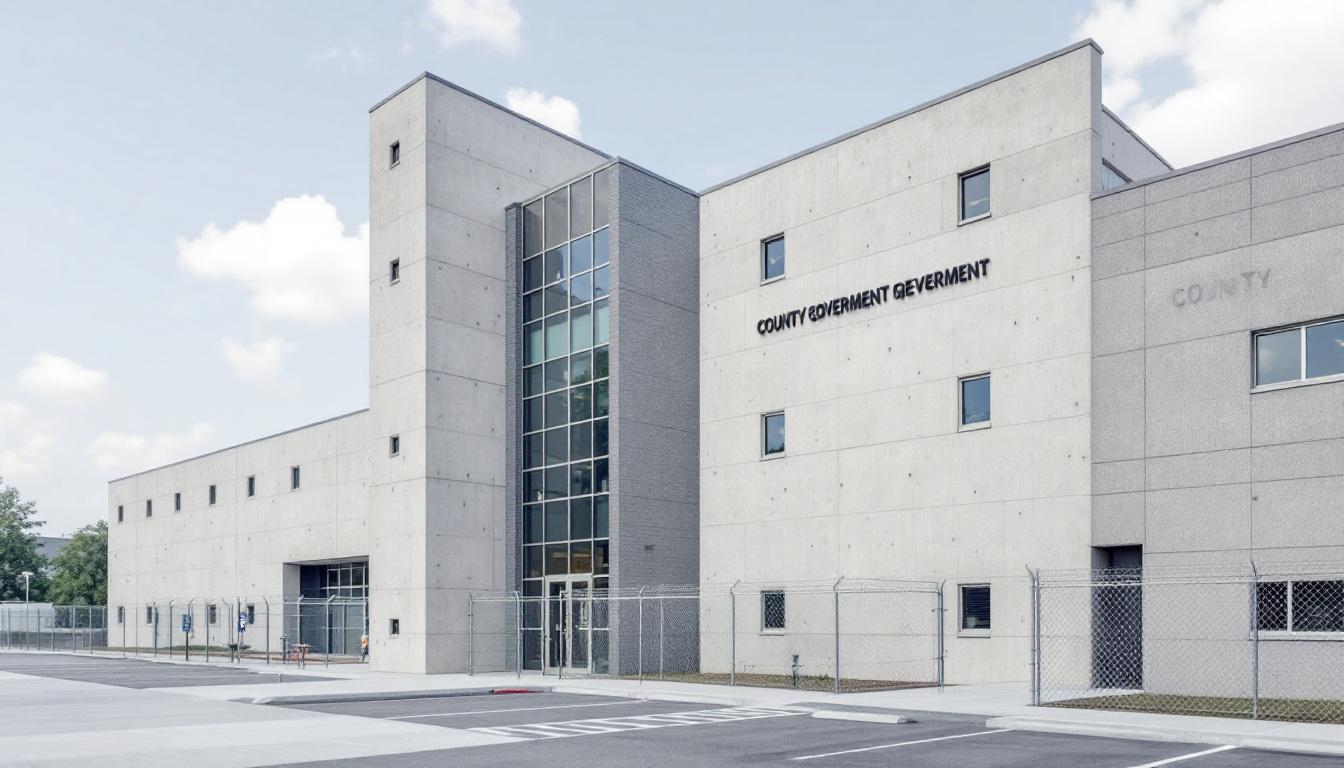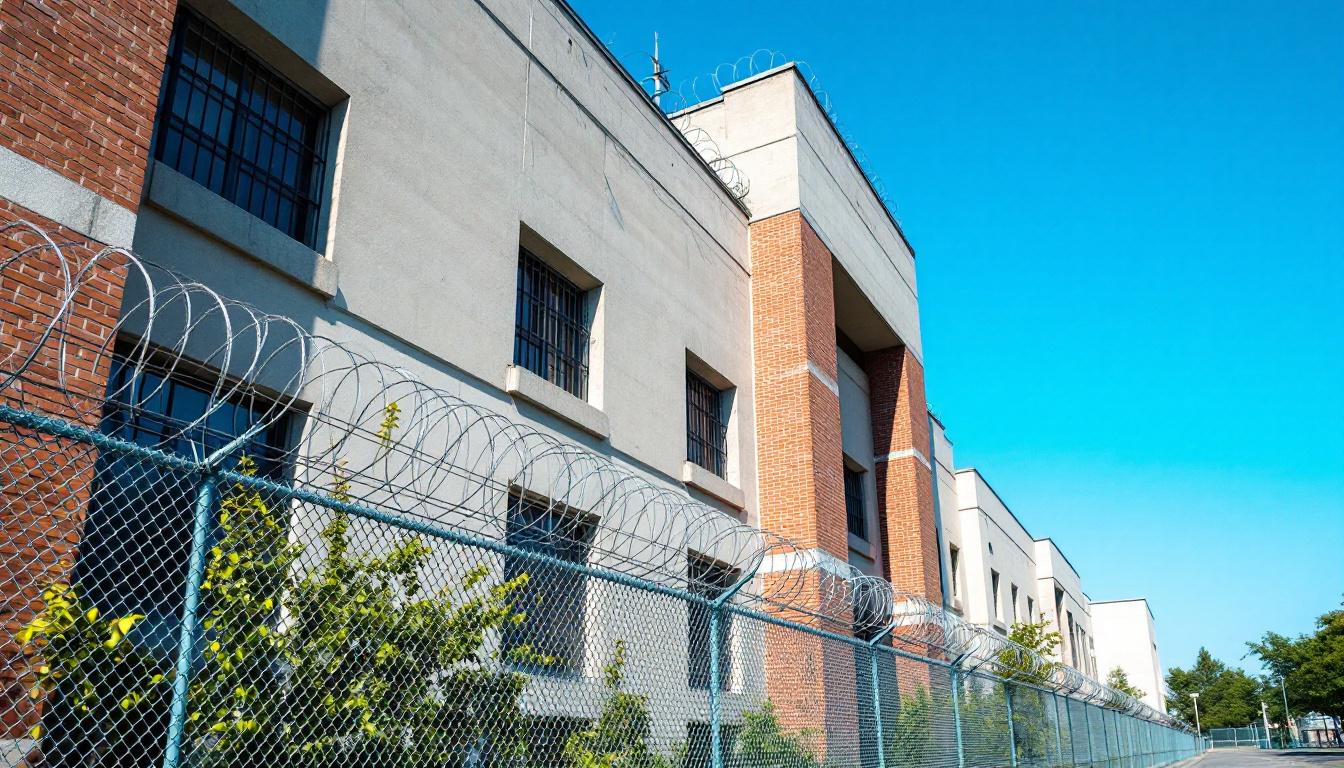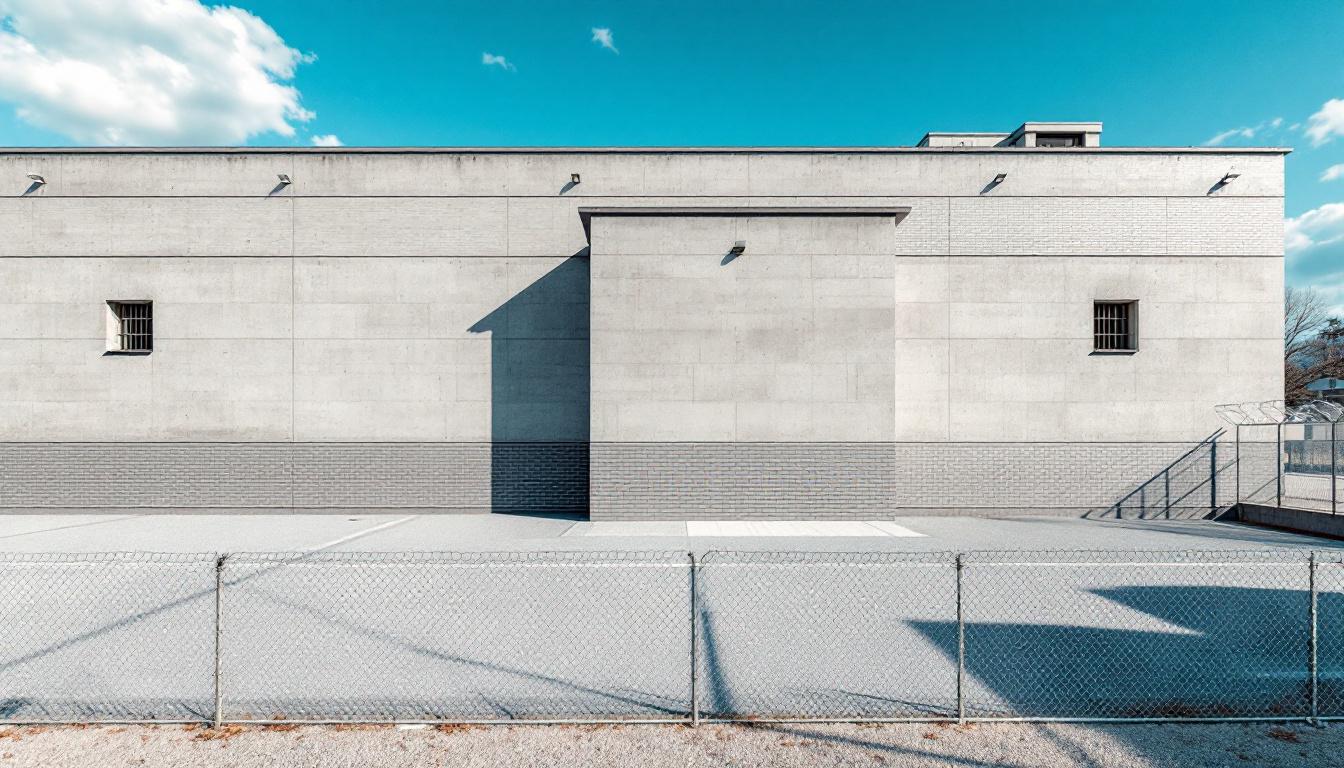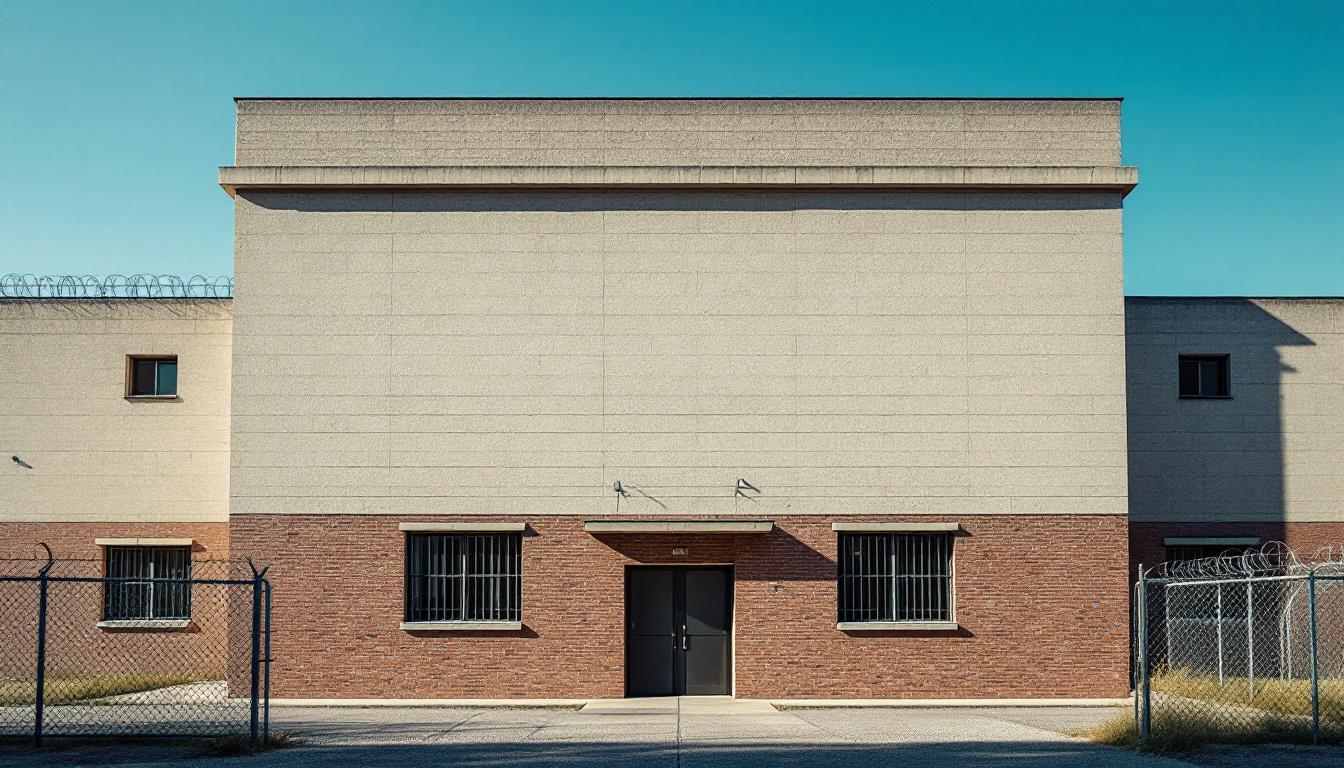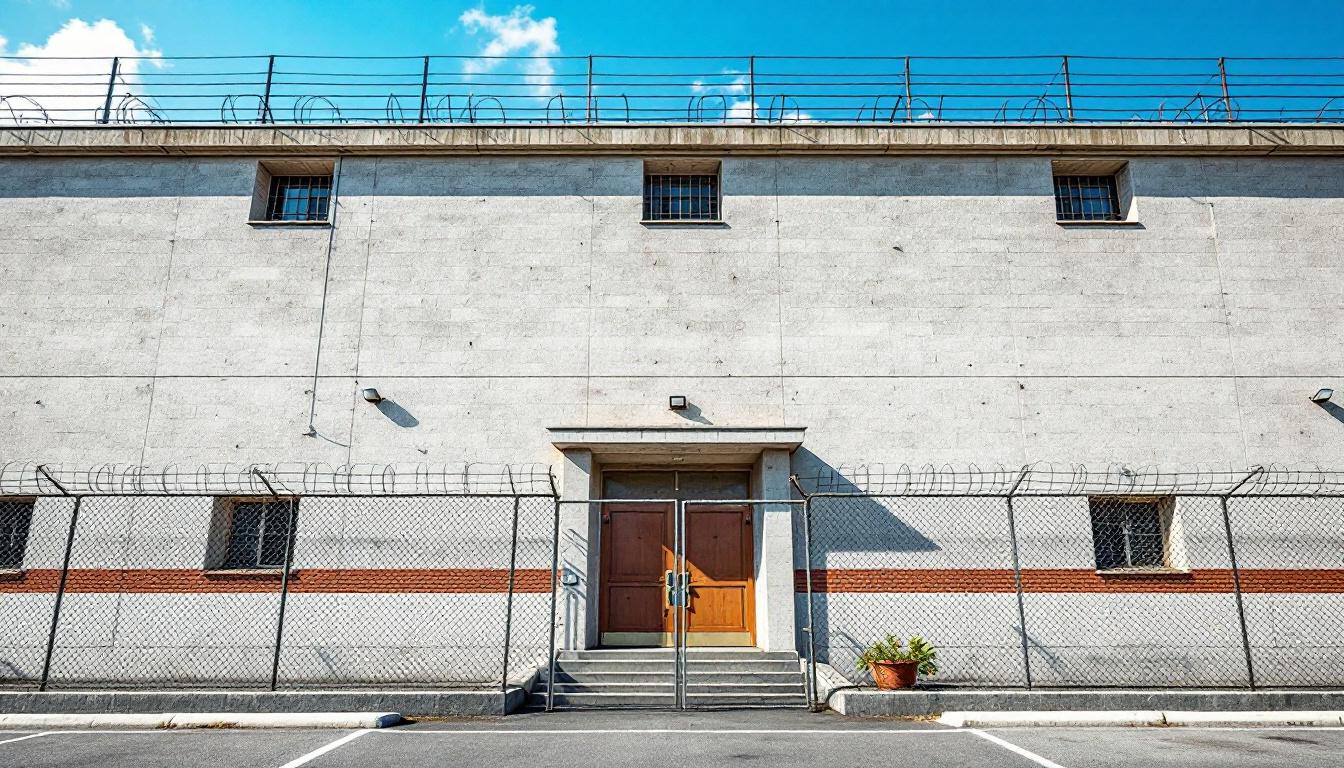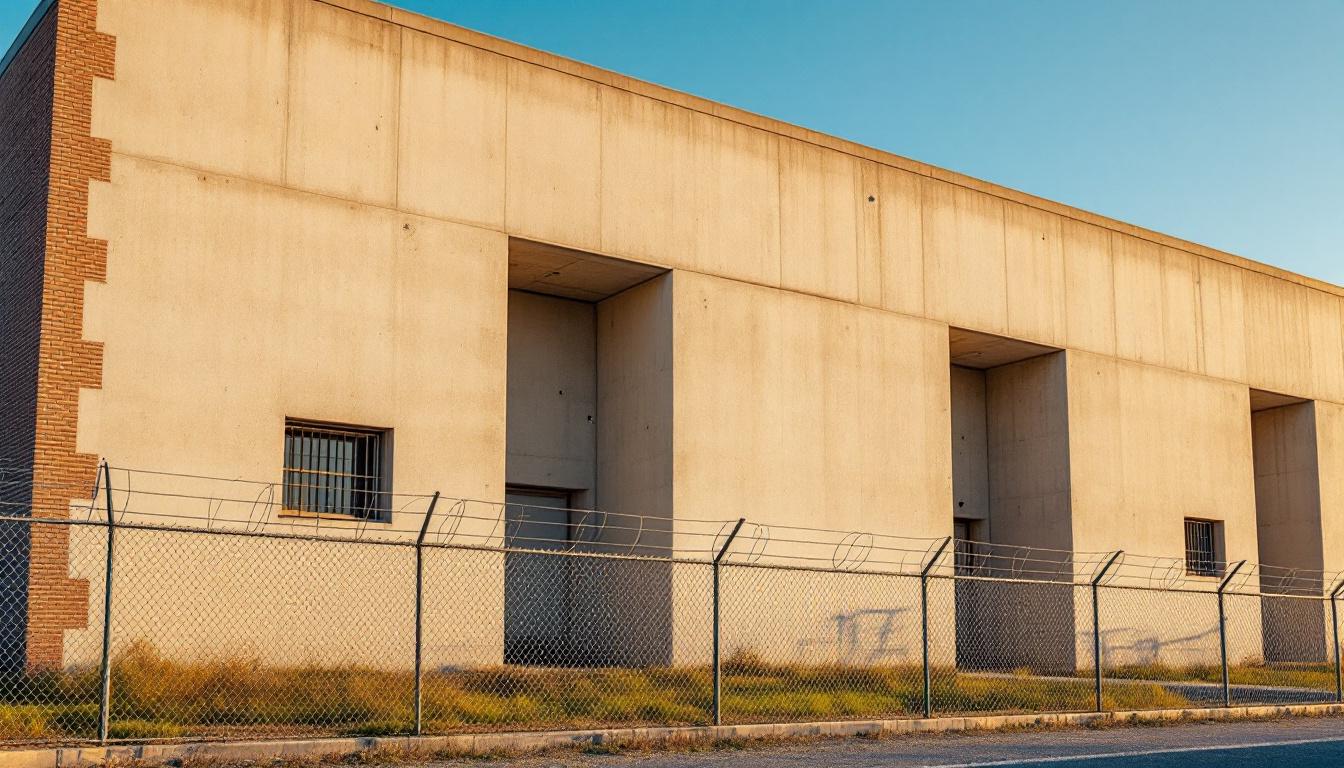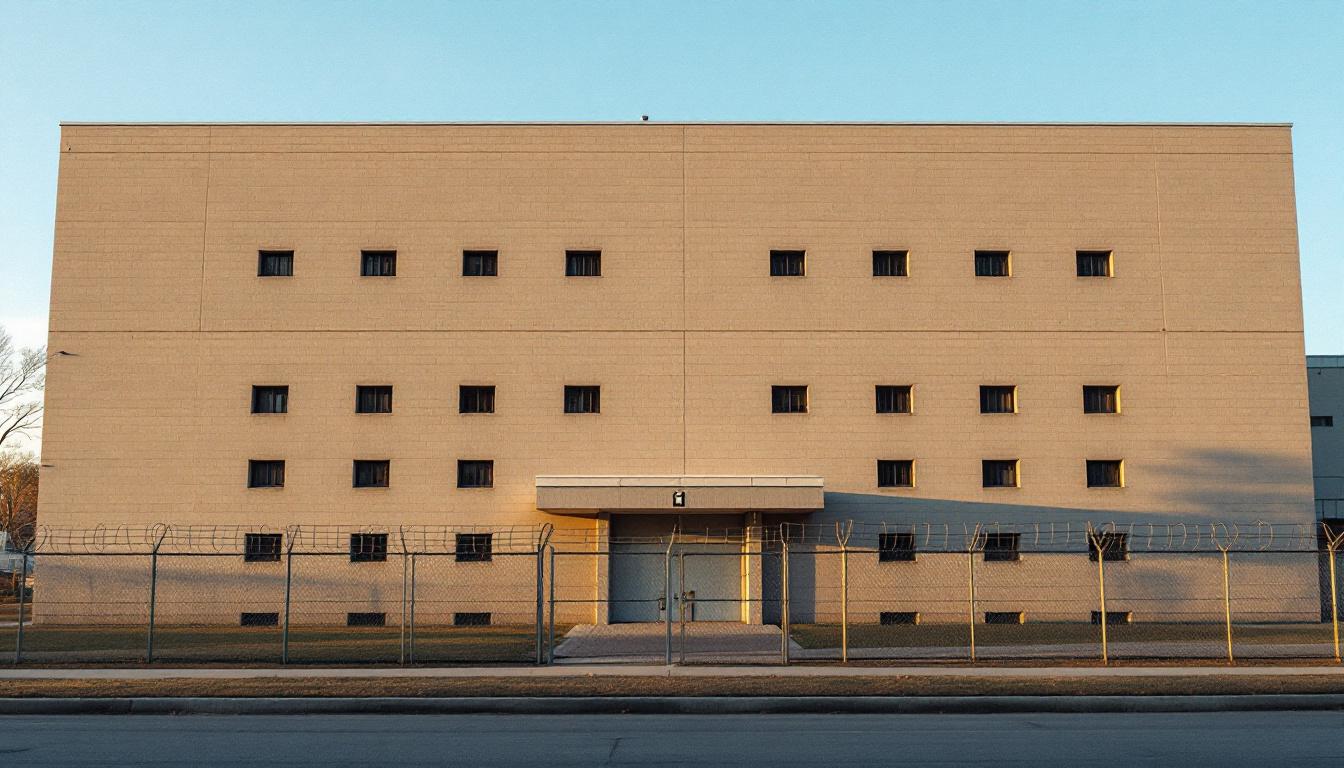
Quick Navigation
How to contact an inmate at Caldwell County Jail
This comprehensive guide will walk you through how to connect with an inmate at Caldwell County Jail. Follow the steps below to find an inmate and send letters and photos:
- Search for the inmate using our search tool below
- Create your account or log in to Penmate
- Write your message (up to 6,000 characters)
- Send instantly - inmates receive printed copies daily
Find an Inmate
Search for an inmate to start communicating today
Tip: You can search by first name, last name, or inmate ID number
To contact a person at Caldwell County Jail start by searching for the person on the official facility website. Perform a search by following these steps:
- Step 1: Enter their first name and last name into the search form and click "Search"
- Step 2: Locate their inmate record
- Step 3: Write down their Inmate ID and any housing information provided
Important! Be sure to enter the person's full name. Nicknames should not be used.
How to Send Messages to Inmates

You can use your phone or computer to send emails, letters, and photos to an inmate. Messages are sent electronically to inmate tablets or kiosks at the facility. If you would like to send a message, start by searching for an inmate at Caldwell County Jail.
Sending Photos and Postcards

A great way to send love and support to a loved one at Caldwell County Jail is to send photos and postcards. It only takes a few minutes to send photos from your phone and it makes a huge difference. You can also mail postcards with words of support and inspiration, or design your own postcard for special moments like birthdays and holidays.
Important! Be sure not to send any explicit photos or they may not be approved by the facility. You can also use a photo printing app like Penmate to make sure your photos are printed at the correct size (4x6 or 3x5) and are mailed according to the rules and regulations of Caldwell County Jail.
Frequently asked questions about Caldwell County Jail
-
How long does it take to deliver a message?
If you're sending an email message your letter is usually delivered within 24-48 hours. For messages sent via mail you should expect delivery within 3-7 days. All messages will need be approved by Caldwell County Jail.
-
How much does it cost to send a message to Caldwell County Jail?
You can send a message free using your phone or mail a message via USPS for the price of a $0.60 stamp and envelope. You can also purchase credits or e-stamps from services starting at $1.99.
-
What services can I use to contact an inmate at Caldwell County Jail?
Penmate
You can use Penmate to send letters and photos to an inmate from your phone. It's an easy way to stay in touch during your loved one's incarceration. Use the inmate locator to find an inmate's location and contact information, then you can send messages within a few minutes.
Securus messaging
Securus may be another option for communicating with an inmate at Caldwell County Jail. You can create a friends and family account and purchase credits to send messages. All messages will be reviewed and must be approved by the facility.
JPay
Some county jails and state prisons may support sending messages with JPay. You must register an account with the system, find your loved one, and purchase stamps to send messages. For some locations you can also attach photos.
Smart Jail Mail
You may also check if Smart Jail Mail is available at Caldwell County Jail. Smart Jail Mail is operated by Smart Communications and has contracted with some state and county jails. After purchasing credits, your messages and photos are sent to the facility, printed out, and then handed out to your loved one.
-
What is the mailing address of Caldwell County Jail?
Mailing address:
Caldwell County Jail
1204 Reed Dr
Lockhart, TX 78644
Phone: (512) 398-4371Business hours:
- Monday: 9:00 AM – 8:00 PM
- Tuesday: 9:00 AM – 8:00 PM
- Wednesday: 9:00 AM – 8:00 PM
- Thursday: 9:00 AM – 8:00 PM
- Friday: 9:00 AM – 8:00 PM
- Saturday: 9:00 AM – 8:00 PM
- Sunday: 9:00 AM – 8:00 PM
-
What are the visiting hours at Caldwell County Jail?
Visiting hours at Caldwell County Jail vary by housing unit and security level. Generally, visits are scheduled on weekends and holidays, with some facilities offering weekday visits. Contact the facility directly at (512) 398-4371 or check their website for the current visiting schedule. Visits typically last 30-60 minutes and must be scheduled in advance.
-
What items are prohibited when sending mail to Caldwell County Jail?
Prohibited items typically include: cash, personal checks, stamps, stickers, glitter, glue, tape, staples, paperclips, polaroid photos, musical or blank greeting cards, hardcover books, magazines with staples, and any items containing metal or electronics. Only send letters on plain white paper with blue or black ink. Photos must be printed on regular photo paper (no Polaroids). Always check with Caldwell County Jail for their specific mail policies.
-
How do I send money to an inmate at Caldwell County Jail?
You can send money to an inmate at Caldwell County Jail through several methods: 1) Online using JPay, Access Corrections, or the facility's approved vendor, 2) Money orders mailed directly to the facility with the inmate's name and ID number, 3) Kiosks located in the facility lobby, or 4) Over the phone using a credit or debit card. Fees vary by method, typically ranging from $2.95 to $11.95 per transaction.
-
Can I schedule a video visit with an inmate at Caldwell County Jail?
Many facilities now offer video visitation as an alternative to in-person visits. At Caldwell County Jail, video visits may be available through services like Penmate, Securus Video Connect, GTL, or ICSolutions. Video visits typically cost $10-20 for 20-30 minutes and must be scheduled in advance. You'll need a computer or smartphone with a camera and reliable internet connection. Contact the facility for their specific video visitation policies and approved vendors.
-
What identification do I need to visit an inmate at Caldwell County Jail?
All visitors must present valid government-issued photo identification such as a driver's license, state ID, passport, or military ID. Minors must be accompanied by a parent or legal guardian who can provide the minor's birth certificate. Some facilities require visitors to be on the inmate's approved visitation list, which may require a background check. Contact Caldwell County Jail for specific ID requirements and visitor approval procedures.
-
How can I find out an inmate's release date?
To find an inmate's release date at Caldwell County Jail, you can: 1) Use the online inmate search tool if available, 2) Call the facility's records department, 3) Contact the inmate's case manager or counselor, or 4) Have the inmate provide this information during a call or visit. For privacy reasons, some facilities only release this information to immediate family members.
Facility Overview
Official Website
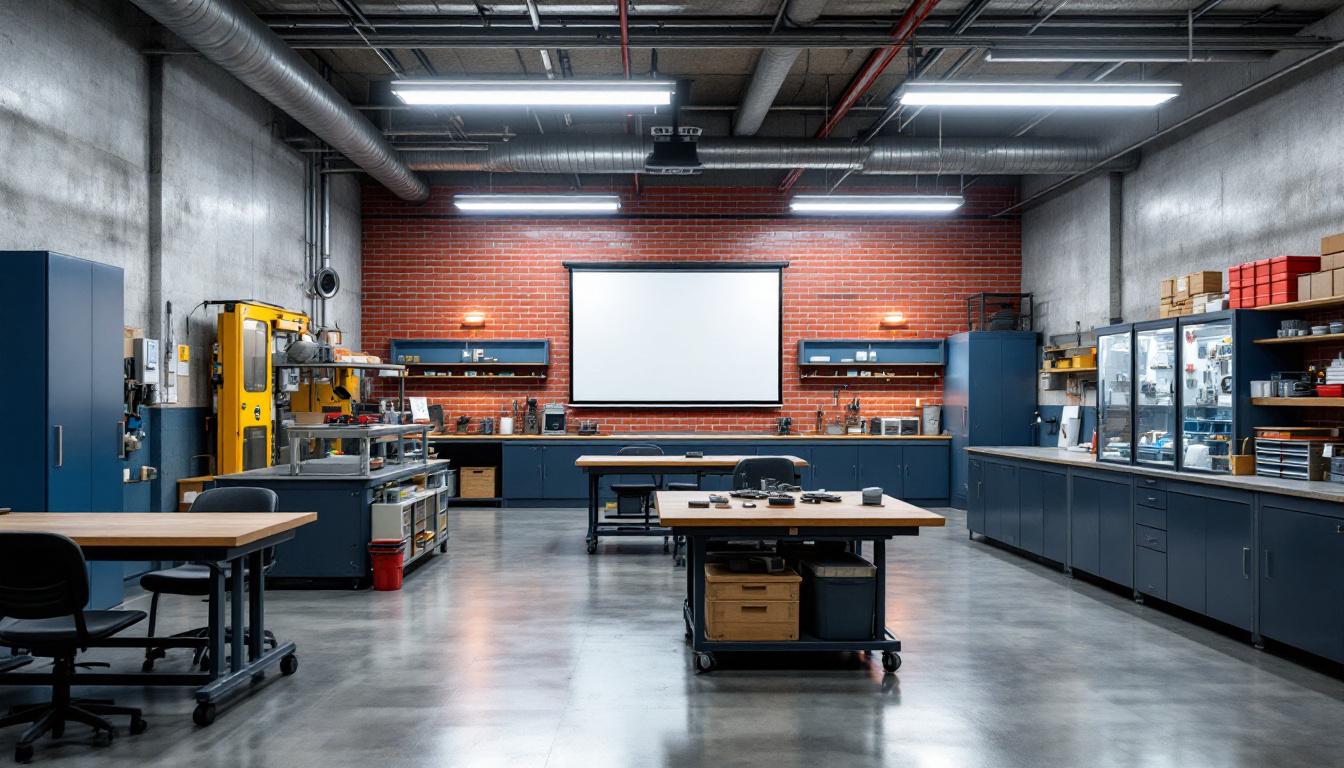
About Caldwell County Jail
County jails serve as the backbone of local law enforcement and judicial systems, housing individuals awaiting trial and those serving shorter sentences, while Caldwell County Jail, TX exemplifies this essential community role in the heart of Lockhart. This TX correctional facility operates within a framework designed to balance public safety with meaningful opportunities for personal growth and preparation for successful community reintegration. The population services extend beyond basic detention to encompass various support systems that recognize each individual's potential for positive change.
Located in Lockhart, this facility typically maintains connections with regional resources and community organizations that may assist in addressing the diverse needs of those in custody. The jail generally offers programming that focuses on education, substance abuse awareness, and life skills development, understanding that meaningful rehabilitation often begins during even brief periods of incarceration. Staff members work to create an environment where security remains paramount while fostering opportunities for personal reflection and growth.
The facility's approach to serving the community extends to supporting families and loved ones through visiting programs and communication services that help maintain crucial relationships during difficult times. By emphasizing both accountability and hope, the jail strives to contribute positively to the broader goal of reducing recidivism while ensuring public safety throughout Caldwell County and the surrounding Texas region.
Programs & Services
Through a comprehensive framework of supportive services, the population at Caldwell County Jail receives access to various programs designed to foster personal development and successful community reintegration. The facility's approach emphasizes building practical skills while addressing the underlying factors that may contribute to recidivism, creating pathways for meaningful transformation during incarceration.
Educational and vocational programs form a cornerstone of the facility's offerings, providing the population with marketable skills essential for post-release employment. Vocational training opportunities typically include specialized instruction in small engine repair, equipping participants with hands-on technical expertise in a field with consistent demand. Also available are plumbing programs that may supply comprehensive training in residential and commercial applications, allowing individuals to develop proficiency in essential trade skills that often lead to stable employment opportunities upon release.
Support services extend beyond traditional educational models to encompass holistic approaches that address spiritual, practical, and employment-related needs. Work programs within the facility often provide structured opportunities for skill development while contributing to facility operations, fostering a sense of responsibility and work ethic. Faith-based initiatives may offer spiritual guidance and community support networks that continue beyond incarceration. Additionally, the facility typically includes prison industries programs that provide real-world work experience, while identification document assistance helps ensure the population can access essential services and employment opportunities following their release, addressing one of the most significant barriers to successful reintegration.
Daily Life & Visitation
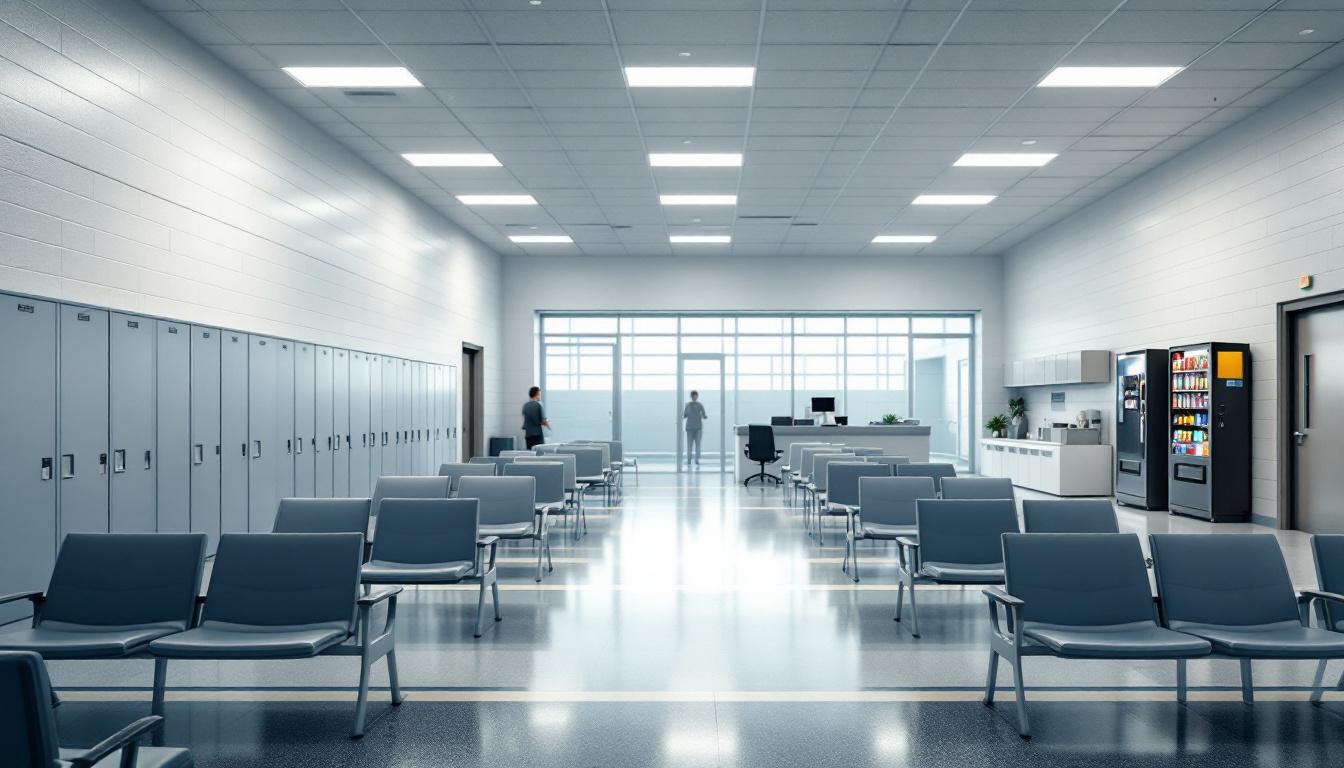
The carefully orchestrated framework of institutional protocols shapes every aspect of how the population navigates their time within the facility, creating a predictable rhythm that governs movement, meals, and activities throughout each day. Today's schedule typically begins with early morning counts and continues consistently through structured meal periods, work assignments, and evening lockdown procedures. The administrative approach generally emphasizes maintaining order through clear expectations and routine, with staff members coordinating housing assignments, program participation, and security procedures that supply stability for both residents and personnel.
Living accommodations within the facility typically consist of shared cells or dormitory-style housing units, where the population may be organized based on factors such as security classification, program participation, or behavioral history. Personal property allowances usually include basic hygiene items, limited clothing, and approved reading materials, while commissary services generally provide access to additional food items, toiletries, and communication supplies. The housing environment often includes common areas where residents can engage in approved activities during designated recreation periods, though movement between different sections of the facility typically requires staff supervision and adherence to established scheduling protocols.
Also central to daily operations are work assignments that may include kitchen duties, facility maintenance, laundry services, and administrative support tasks, which supply both structure and potential skill development opportunities for participating members of the population. However, recreational programming often encompasses television viewing, reading, and limited exercise options, depending on available space and staffing levels. Family connections typically remain possible through scheduled visitation periods and telephone access, with communication policies generally designed to balance security concerns with the importance of maintaining relationships with loved ones and support systems in the community.
Ready to Connect?
Start communicating with your loved one today
Search for an Inmate
